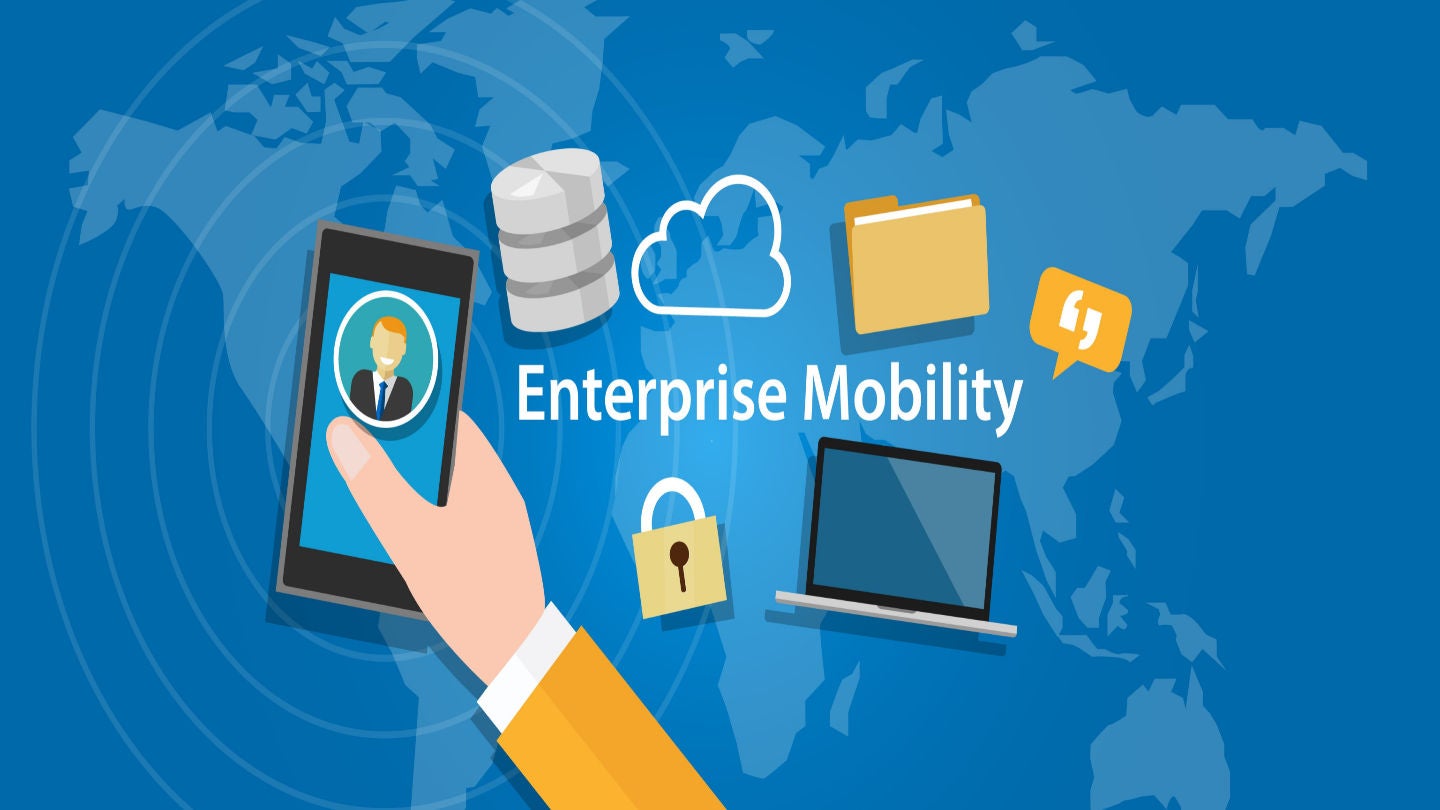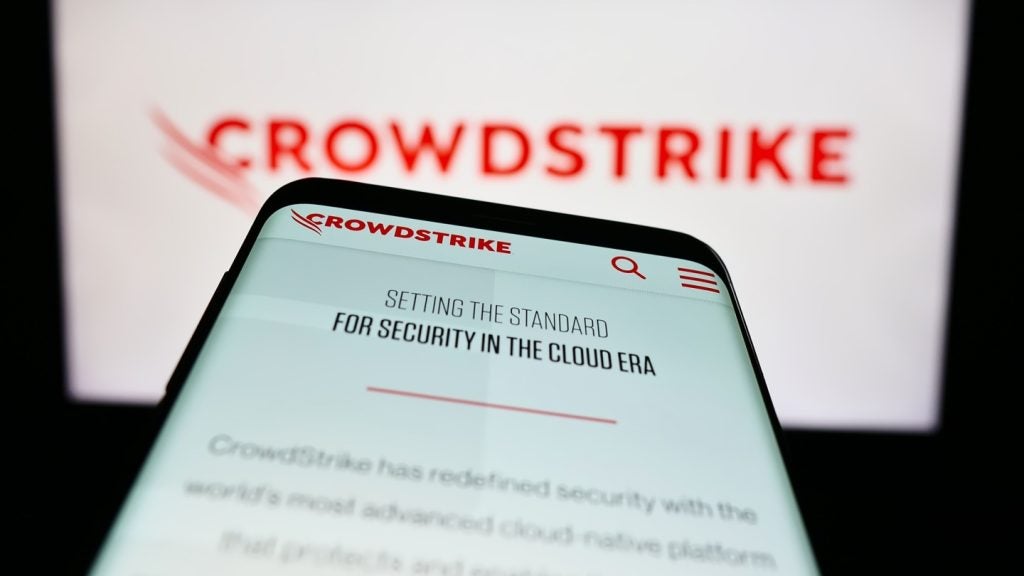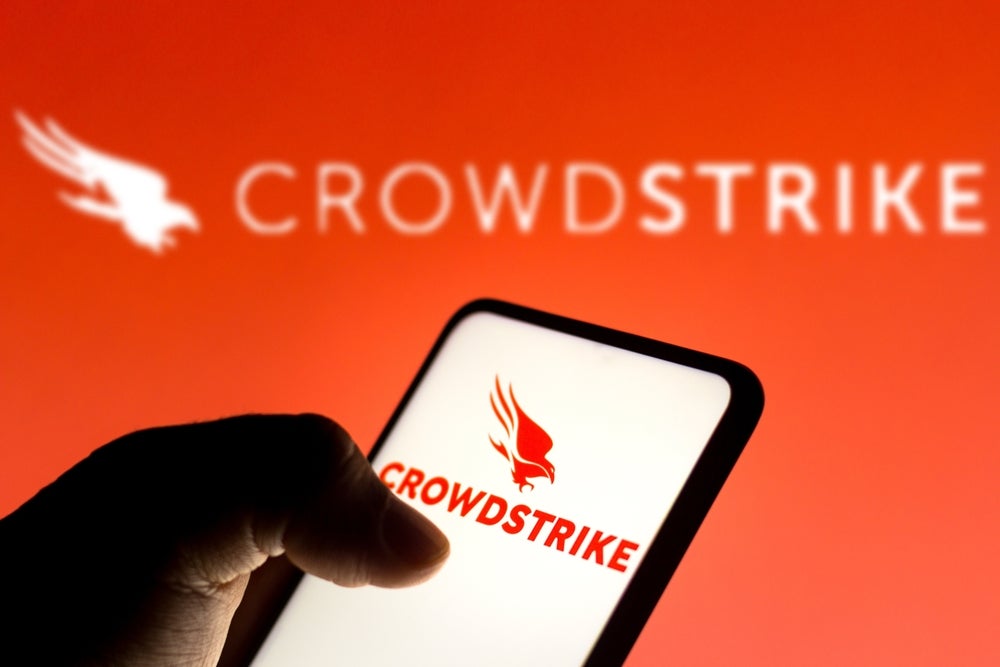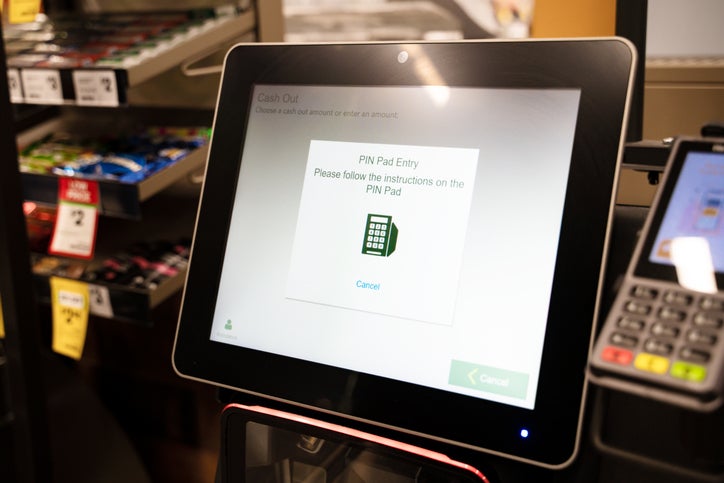GlobalData’s January report on the Competitive Landscape for Global Enterprise Mobility Services highlights a dynamic market. After several years of relative stability, in which offerings such as Mobile Device Management, Unified Endpoint Management, and Telecom Expense Management had commoditized and remained static, 2022 was an encouraging year. 5G services, edge computing, Fixed Wireless Access, mobile private networks, and a sustainable spin on device lifecycle management were among the key enhancements.
2022 stood out as a time when new connectivity options became more widely available, including public and private 5G; edge computing for low latency and workload optimization; integration of wireline security operations with UEM; initiatives linking sustainability with device lifecycle management, and fixed wireless access (FWA) for businesses. Mobile private networks continued to gain traction, with new reference customers, use cases, and vertical opportunities.
Operator activity
All the operators profiled in GlobalData’s report (AT&T, Verizon, T-Mobile, BT, Deutsche Telekom, Orange Business Services, Telefonica, Vodafone) were active in enterprise mobility in 2022 with new services.
2022 public announcements
AT&T launched 12 5G ‘Edge Zones’ across the US; Verizon expanded its relationship with Visionable for 5G healthcare solutions; T-Mobile introduced AIS, a suite of ready-to-deploy solutions for municipalities, retail, manufacturing, and logistics businesses; BT and Ericsson partnered for commercial 5G private networks in the UK in manufacturing, defense, education, retail, healthcare, transport, and logistics; Deutsche Telekom and Ericsson extended their campus network alliance to offer location-specific 5G mobile networks for companies based on 5G standalone technology (5G SA); Orange Business Services launched the “Re” initiative in Europe, based around four pillars: recycling, returns, refurbishment, and repairs; Telefónica collaborated with Sateliot, a satellite telecommunications operator, for a connectivity service with dual 5G NB-IoT technology; and Vodafone Business updated its Red Tariffs and DLM service with new services, devices, and sustainability initiatives. Vodafone also added to its Mobile Private Networks with Collaborative Worker, Safe Worker, and Augmented Worker programs which bundle hardware, software, and connectivity for particular use cases.
5G footprint expansion
Aside from public announcements on new offerings, operators were also busy behind the scenes enhancing their 5G footprints. AT&T FirstNet for public safety reached 4 million connections, IoT services reached 100 million connected devices, and 9.5 million business customer locations were covered by fiber. AT&T’s LTE footprint covers 440 million people; ultra-fast 5G+ over mmWave is in 44 cities and 25 venues, low-band 5G serves 255 million people, and C-Band spectrum covers 130 million people. Orange has its own mobile networks in 26 countries with 600 roaming agreements and offers 5G to 26,000 cities in Europe. Telefonica reached 5G coverage of 83% of the Spanish population, and has deployed 5G networks in the UK, Germany, Chile, and Brazil. T-Mobile’s 5G coverage on 600 MHz is available to 323 million people across 1.9 million square miles, while Ultra Capacity 5G, leveraging 2.5 GHz spectrum, covers 260 million people. Verizon’s Fixed Wireless Access added 107,000 business FWA lines in Q3 2022. Its 4G LTE network covers 99% of the US population; 5G Nationwide covers 230 million people, and 5G Ultra Wideband covers 175 million people.
Other trends in Enterprise Mobility Services
While Unified Endpoint Management is now table stakes, mobile security solutions for identity management and real-time threat management continue to grow, in alignment with managed security for fixed-line offerings. Many service providers have streamlined enterprise mobility portfolios, for a simpler and easier to buy solution set. End-to-end vertical packages and productized consulting deliverables appeal to businesses trying to assemble the pieces to custom-fit their requirements. The view of enterprise mobility as a driver of digital transformation, along with other capabilities such as data analysis, IoT, and unified communications, is a common theme among service providers.
How well do you really know your competitors?
Access the most comprehensive Company Profiles on the market, powered by GlobalData. Save hours of research. Gain competitive edge.

Thank you!
Your download email will arrive shortly
Not ready to buy yet? Download a free sample
We are confident about the unique quality of our Company Profiles. However, we want you to make the most beneficial decision for your business, so we offer a free sample that you can download by submitting the below form
By GlobalDataEnterprise mobility has already been energized by private wireless network opportunities, and by the launch of 5G, along with multi-access edge computing. These network capacity, bandwidth performance, and low-latency enhancements will enable opportunities for operators and their partners, as innovative use cases of the future start to see solid traction over the next few years.
Enterprise Mobility Services and platform forecasts
According to GlobalData forecasts, the services segment of the global enterprise mobility market reached approximately $15 billion in 2022 and will grow by 2026 to $25 billion, for a CAGR of 14.6%. Adding in platforms for MDM/UEM, mobile content management, mobile application management and Telecom Expense Management, the market reached $37 billion in 2022 and will reach $58 billion by 2026 for a CAGR of 12%. The verticals with the highest enterprise mobility spend were IT and manufacturing, with retail and banking close behind.








Related Company Profiles
Deutsche Telekom AG
Telefonica UK Ltd